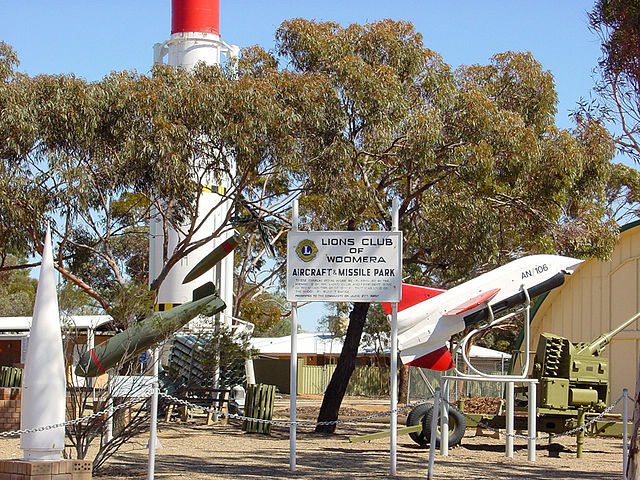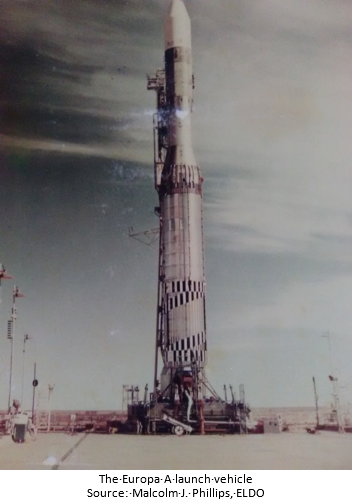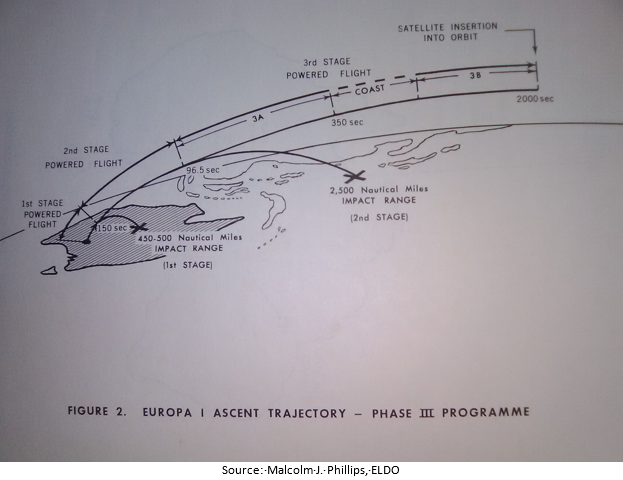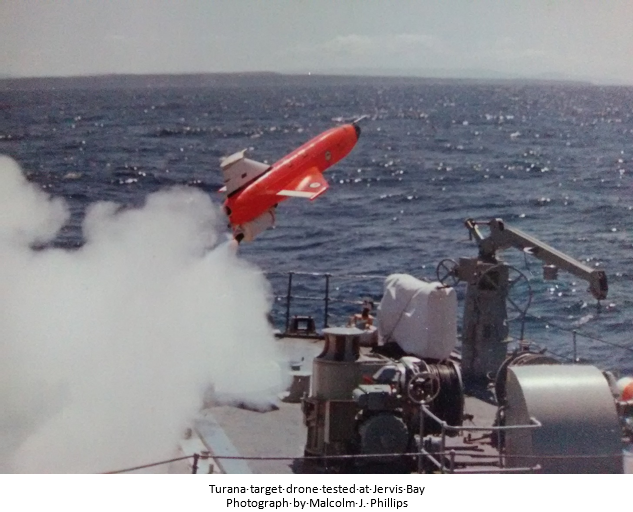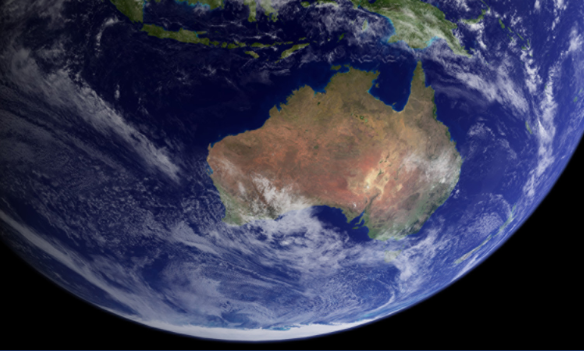The future of the Combined Space Operations initiative

As space becomes more contested, Australia should play a key role with its partners in the Combined Space Operations (CSpO) initiative to safeguard the space domain.
Australia, Britain, Canada and the United States signed the CSpO initiative in 2014. It has since grown to 10 partners, adding New Zealand, France, Germany, Italy, Japan and Norway.
In 2022 the partners released the CSpO Vision 2031 statement, outlining its mission to improve cooperation, coordination and interoperability to ensure freedom of action in space, enhance mission assurance and prevent conflict.
Now in its second decade, CSpO in its efforts and activities must respond to the contestation and congestion of space.
Australia and its allies confront a more challenging security outlook across all five domains of conflict. The space domain is now seen as an operational domain in its own right, rather than merely an enabling adjunct for the traditional air, sea and land domains.
The role of the initiative will become only more important new challenges emerge.
The space domain is contested as adversary states develop a full suite of counterspace (such as anti-satellite, or ASAT) capabilities to deny, degrade and disrupt access to vital space support systems which support joint and integrated military operations and the function of economies and societies.
Space is also increasingly congested as more states and non-state actors deploy large constellations of satellites across multiple orbits and space debris grows. This makes avoiding collision a key challenge.
The first objective of the vision 2031 statement is to prevent conflict, including conflict ‘extending to or originating in space.’ The starting point for this must be space domain awareness, which is an area where Australia plays a key role.
Australia occupies an ideal location for monitoring important regions of space, including low-earth orbit (LEO) and geosynchronous orbit (GEO). Australia hosts several space-domain awareness sensors. For example, the 2023 announcement of a Deep Space Advanced Radar Capability (DARC) at Exmouth in Western Australia, expected to be operational by 2026, will enable space surveillance out to GEO, an orbit used for satellite communications.
The collaboration that Australia and its CSpO partners undertake on space domain awareness allows the sharing of strategic and tactical intelligence across multiple classification levels. Information can be shared in real time via national headquarters for joint operations—for example between HQ Joint Operations Command near Canberra and the Combined Space Operations Center at Vandenberg Space Force Base in California.
But it also demands a robust, and interoperable space infrastructure, and the ability to ensure continued access to space support. This requires encouragement of commonality in space systems, including resilient satellite architectures and responsive space access.
The development of proliferated LEO (pLEO) satellite mega-constellations enhances space resilience by embracing a ‘small, cheap and many’ solution and avoiding large, complex and expensive satellites in GEO. CSpO partners can work together to develop such pLEO architectures to deploy lower-cost small satellites across multiple orbits and offer services in areas such as satellite communications, satellite relay, intelligence, surveillance and reconnaissance, and other specialised tasks.
Australia has redefined its JP-9102 Advanced Satellite Communications project away from ‘large, few and expensive’ satellites in GEO towards a distributed multi-orbit architecture. So CSpO collaboration on new approaches to satellite networks is an obvious step forward that could benefit all members. This would harmonise partners’ efforts, enhance information sharing through common capabilities in space and reduce a concerns of a lack of Australian government support for space initiatives.
Space mission assurance would also benefit from development of responsive space access using Australia’s advantageous geographical location for launch and returns. The north of the continent is close to the equator, maximising the energy boost from the Earth’s rotation for payloads launched from locations such as northern Queensland. The result is lower launch cost.
Additionally, launch sites in southern Australia are good for sun-synchronous and polar orbits often used for intelligence, surveillance and reconnaissance satellites. Australia could support launch requirements for CSpO members. For example, Australia and the US already cooperate through the Technology Safeguards Agreement on launches and returns, signed in October 2023.
Finally, CSpO states need to confront challenges posed by adversary counterspace threats, including through development of credible space control capabilities to defend vital space capabilities. The National Defence Strategy and Integrated Investment Program allude to this challenge, but the practical aspects of space control needs to be realised. It would be an opportunity for CSpO, perhaps through AUKUS Pillar 2, to start putting capability substance behind the declared requirement for such a role.


